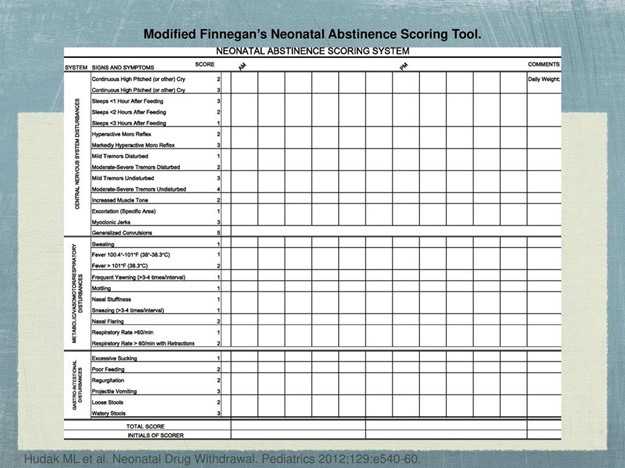A nurse is developing goals for a community education program. Which of the following methods should be used?
Ask the target audience what their needs and priorities are for education.
Ask the formal leadership of a community what the learning needs are.
Use the expertise of professional nurses who are skilled at assessing needs.
Interview physicians to determine the highest need based on diagnoses.
The Correct Answer is A
One of the most important principles of effective health education is to involve the target audience in the planning process. By involving the target audience in the planning process, the nurse can gain a better understanding of their needs, priorities, and concerns related to health and wellness. This, in turn, can help the nurse develop education goals that are relevant, engaging, and effective at improving health outcomes.
Asking the formal leadership of a community what the learning needs are, using the expertise of professional nurses who are skilled at assessing needs, or interviewing physicians to determine the highest need based on diagnoses can all be useful strategies for gathering information about community health needs. However, none of these strategies are as effective at identifying the specific needs and priorities of the target audience as asking the target audience directly.
Nursing Test Bank
Naxlex Comprehensive Predictor Exams
Related Questions
Correct Answer is C
Explanation
The Finnegan score is a tool used to assess and monitor newborns for withdrawal symptoms related to maternal substance use during pregnancy.

Correct Answer is C
Explanation
Health literacy is defined as the degree to which an individual can obtain, process, and
understand basic health information and services needed to make appropriate health decisions. Basic functional health literacy refers to an individual's ability to read and understand simple health information and instructions.
While all the clients mentioned may be demonstrating health literacy, the ability to read and understand discharge instructions after routine surgery is a basic functional health literacy skill. This client is able to comprehend written health information and follow simple instructions, which is an important aspect of managing their own health care.
The other clients mentioned may be displaying a higher level of health literacy, such as the client who is teaching a class about cancer survival or the client with Type II Diabetes who is using nutritional information to make a grocery list. These individuals may have a greater ability to understand and apply complex health information and navigate the healthcare system.
Whether you are a student looking to ace your exams or a practicing nurse seeking to enhance your expertise , our nursing education contents will empower you with the confidence and competence to make a difference in the lives of patients and become a respected leader in the healthcare field.
Visit Naxlex, invest in your future and unlock endless possibilities with our unparalleled nursing education contents today
Report Wrong Answer on the Current Question
Do you disagree with the answer? If yes, what is your expected answer? Explain.
Kindly be descriptive with the issue you are facing.
